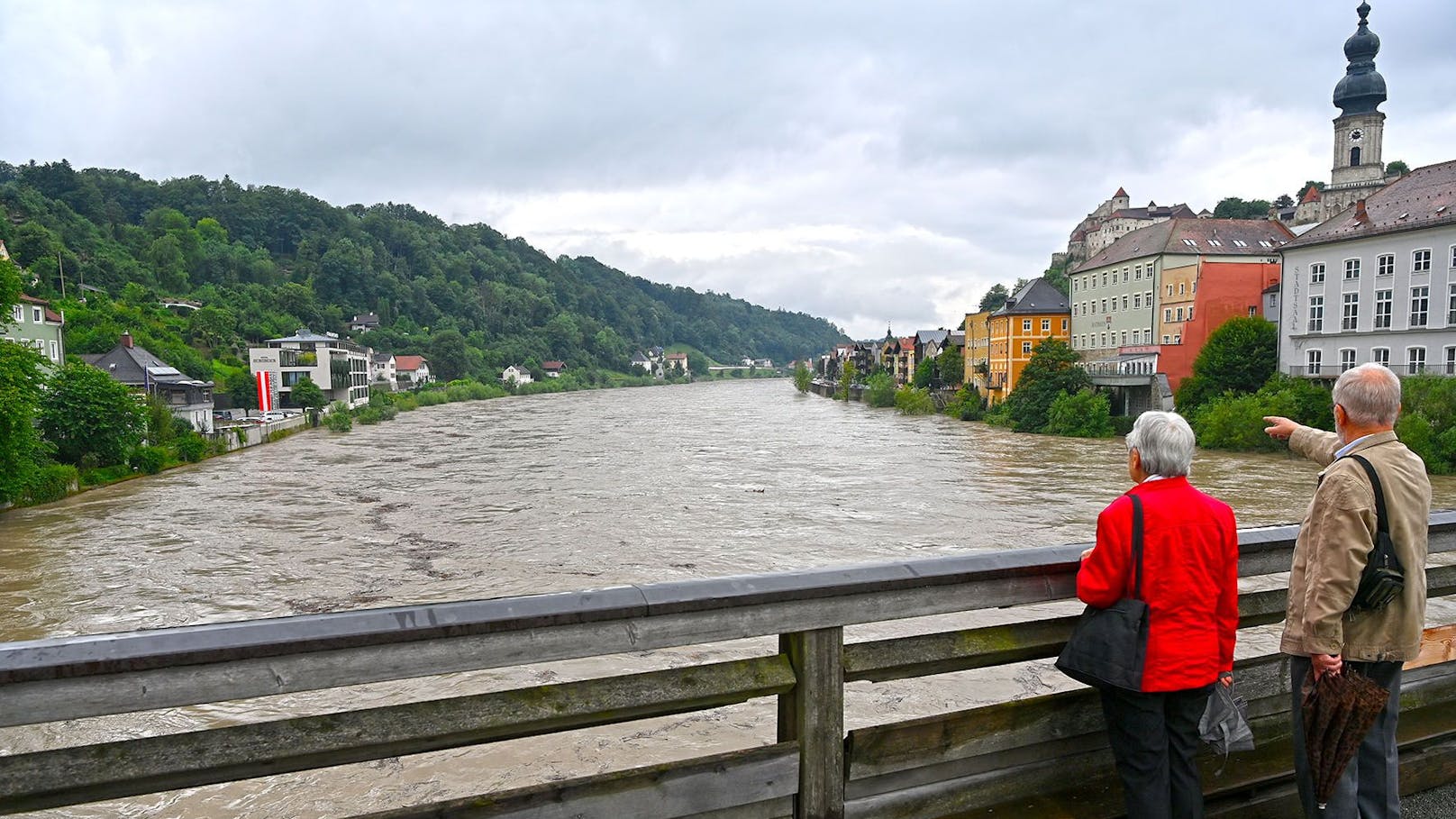 1/12 Zahlreiche Starkregenereignisse haben im Sommer - wie hier im Bild im Raum Hochburg-Ach in Oberösterreich - zu Hochwasser, Überschwemmungen und Vermurungen geführt....MANFRED FESL / APA / picturedesk.com
1/12 Zahlreiche Starkregenereignisse haben im Sommer - wie hier im Bild im Raum Hochburg-Ach in Oberösterreich - zu Hochwasser, Überschwemmungen und Vermurungen geführt....MANFRED FESL / APA / picturedesk.com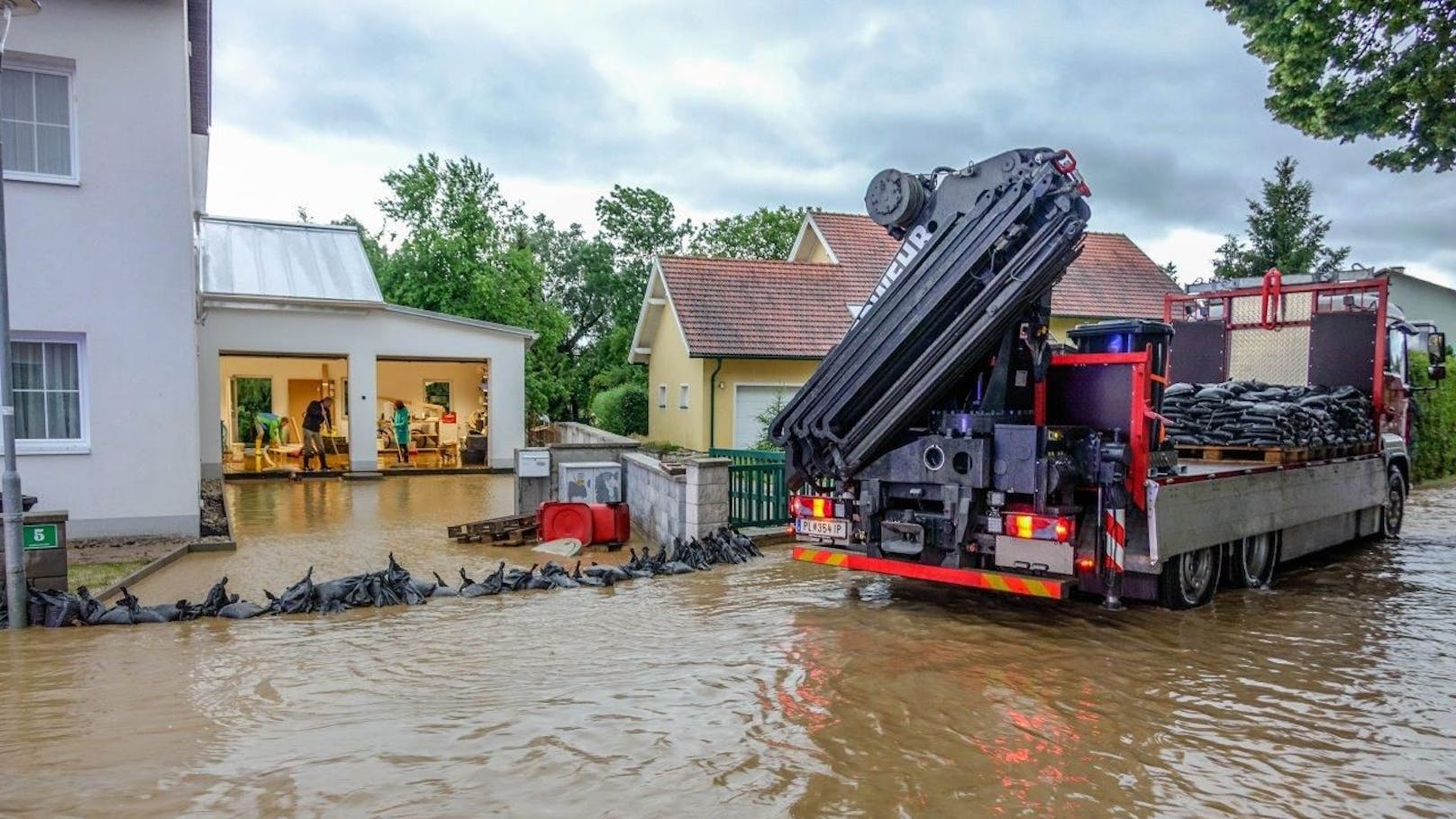 2/12 Hochwasserereignisse nehmen in Zeiten der globalen Klimakrise weiter zu. Die Feuerwehr ist in den letzten Jahren im Sommer im Dauereinsatz, wie hier im Bild in Wimpassing an der Pielach....EINSATZDOKU.AT / APA / picturedesk.com
2/12 Hochwasserereignisse nehmen in Zeiten der globalen Klimakrise weiter zu. Die Feuerwehr ist in den letzten Jahren im Sommer im Dauereinsatz, wie hier im Bild in Wimpassing an der Pielach....EINSATZDOKU.AT / APA / picturedesk.com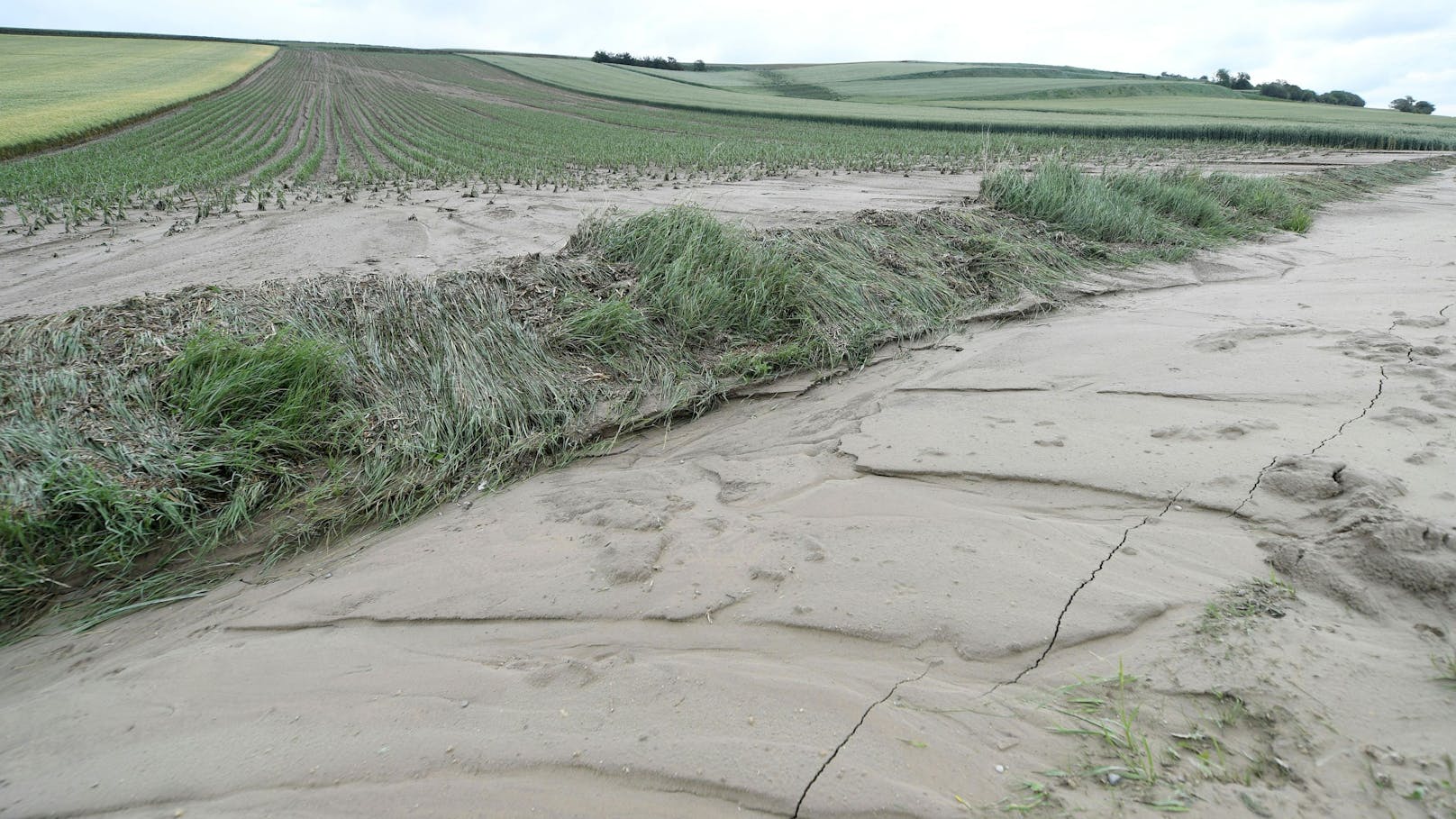 3/12 Durch extreme Witterung mit anhaltendem Starkregen kommt es in Zeiten der globalen Klimakrise verstärkt zu Murenabgängen und Überflutungen (im Bild Raum Loosdorf in Niederösterreich)....HELMUT FOHRINGER / APA / picturedesk.com
3/12 Durch extreme Witterung mit anhaltendem Starkregen kommt es in Zeiten der globalen Klimakrise verstärkt zu Murenabgängen und Überflutungen (im Bild Raum Loosdorf in Niederösterreich)....HELMUT FOHRINGER / APA / picturedesk.com 4/12 Neusiedler See: Durch den Klimawandel droht Österreichs zweitgrößter See auszutrocknen. Dies ist auf weniger Niederschläge und höhere Temperaturen zurückzuführen....© Mitja Kobal / Greenpeace
4/12 Neusiedler See: Durch den Klimawandel droht Österreichs zweitgrößter See auszutrocknen. Dies ist auf weniger Niederschläge und höhere Temperaturen zurückzuführen....© Mitja Kobal / Greenpeace 5/12 Auch Almen - wie hier in Voralberg - sind vom Klimawandel betroffen. Durch die Erwärmung verschiebt sich die Baumgrenze in höhere Lagen, wodurch Pflanzen und Bäume intensiver wachsen können. Kühe und andere Alpentiere kommen mit der intensiveren Grünfläche nicht zurecht und Weiden drohen zu verschwinden....© Mitja Kobal / Greenpeace
5/12 Auch Almen - wie hier in Voralberg - sind vom Klimawandel betroffen. Durch die Erwärmung verschiebt sich die Baumgrenze in höhere Lagen, wodurch Pflanzen und Bäume intensiver wachsen können. Kühe und andere Alpentiere kommen mit der intensiveren Grünfläche nicht zurecht und Weiden drohen zu verschwinden....© Mitja Kobal / Greenpeace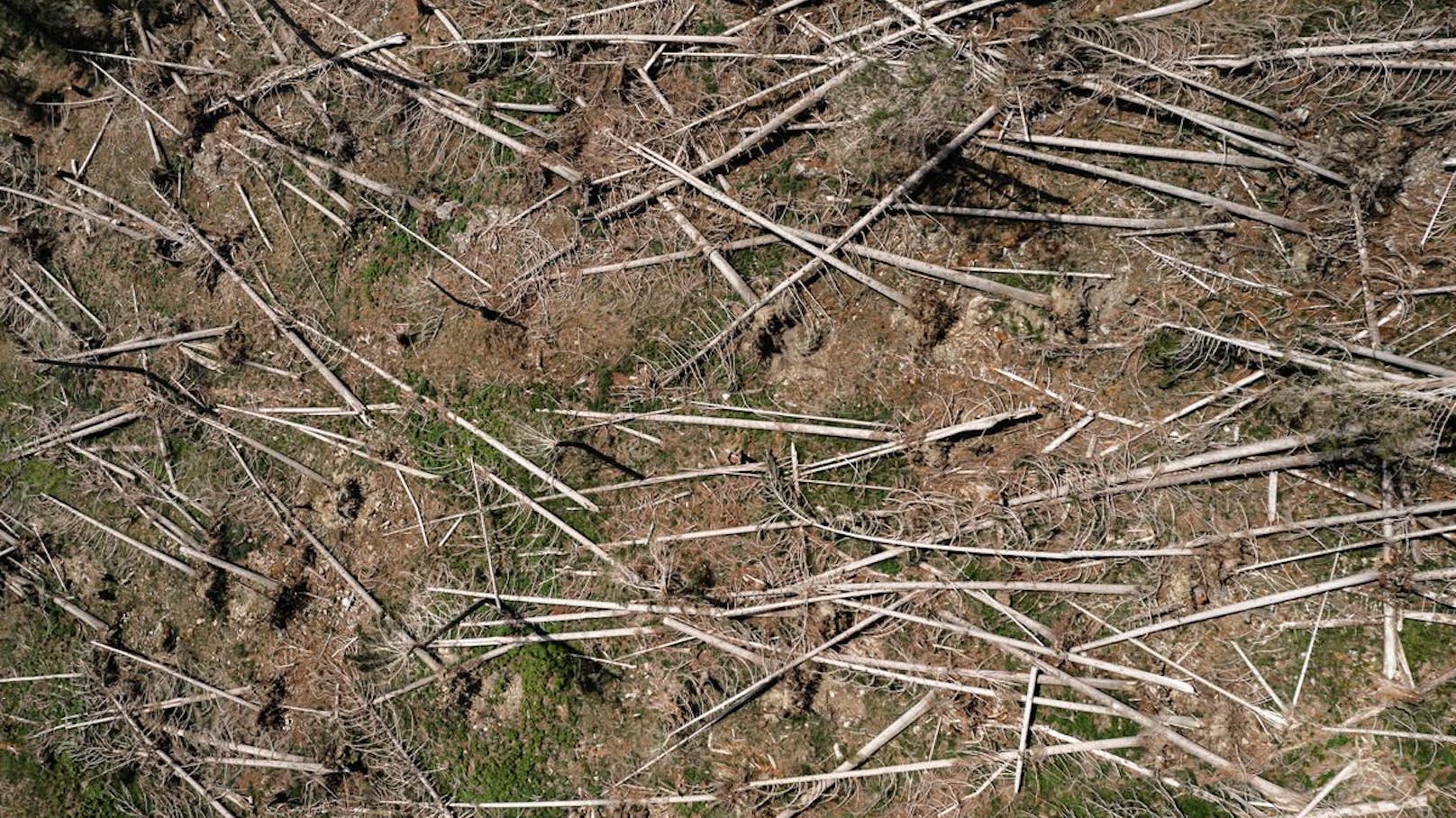 6/12 Aufgrund von Wetterextremen sind immer mehr Wälder Umweltgefahren ausgesetzt. Vor allem Stürme haben die Kraft, große Teile des Waldes zu zerstören. Zudem sind viele Wälder durch Krankheiten und Schädlinge geschwächt und dadurch anfälliger für Stürme....© Mitja Kobal / Greenpeace
6/12 Aufgrund von Wetterextremen sind immer mehr Wälder Umweltgefahren ausgesetzt. Vor allem Stürme haben die Kraft, große Teile des Waldes zu zerstören. Zudem sind viele Wälder durch Krankheiten und Schädlinge geschwächt und dadurch anfälliger für Stürme....© Mitja Kobal / Greenpeace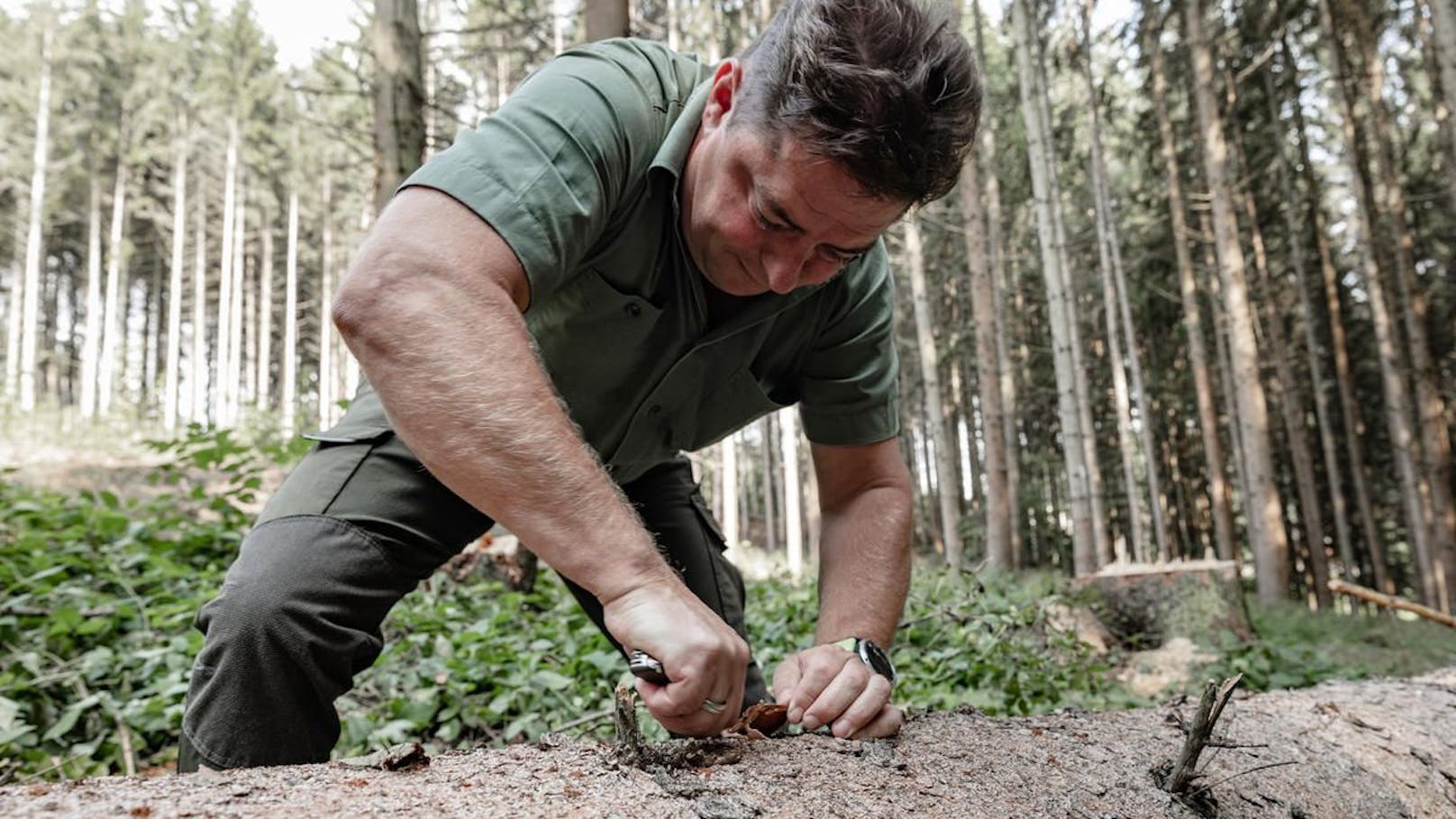 7/12 Die Fichte ist stark vom Klimawandel betroffen. Sie kann sich nicht an die hohen Temperaturen und Hitzewellen anpassen und wird daher anfälliger für Schädlinge wie den Borkenkäfer....© Mitja Kobal / Greenpeace
7/12 Die Fichte ist stark vom Klimawandel betroffen. Sie kann sich nicht an die hohen Temperaturen und Hitzewellen anpassen und wird daher anfälliger für Schädlinge wie den Borkenkäfer....© Mitja Kobal / Greenpeace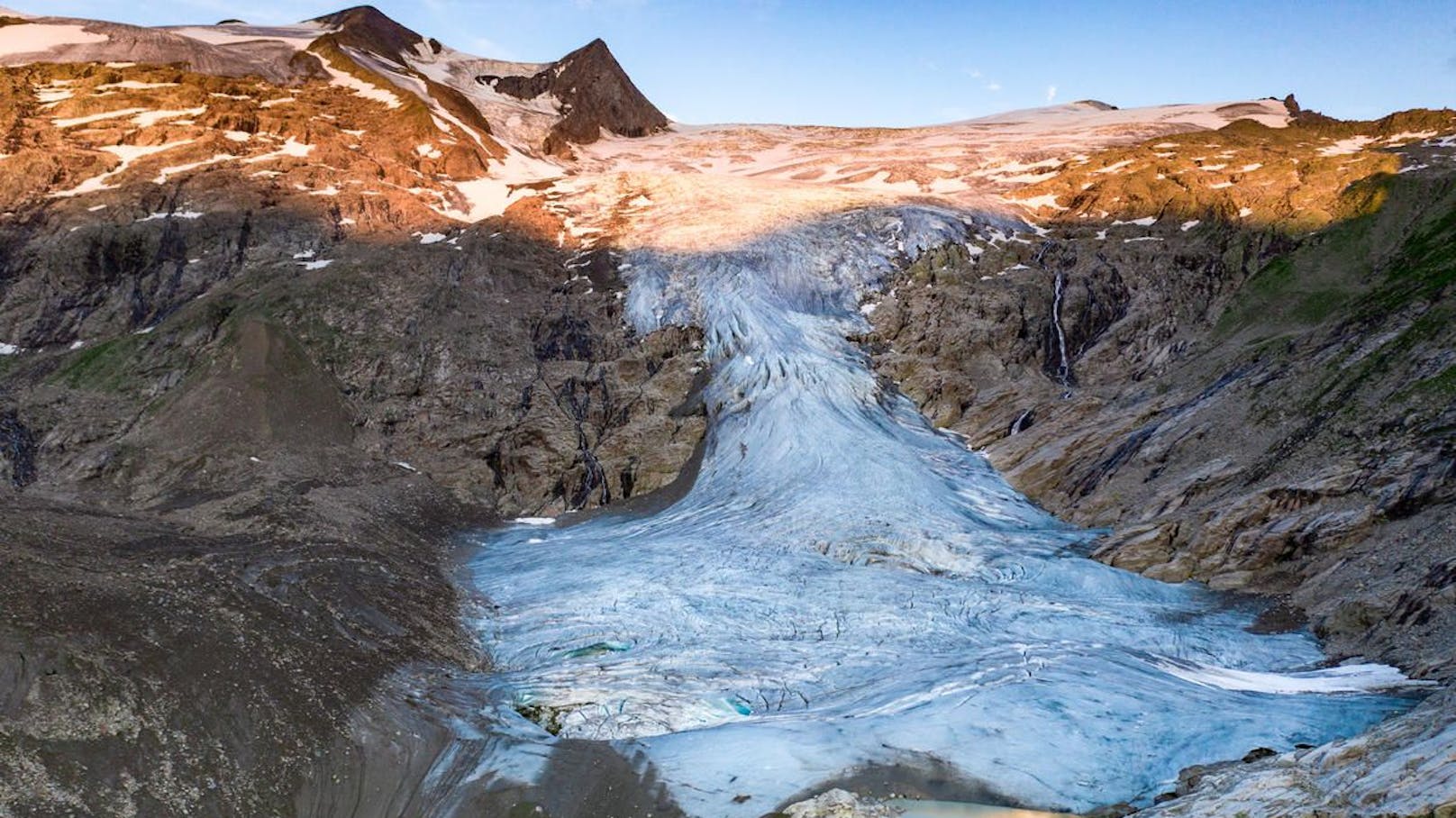 8/12 Die Alpengletscher (im Bild der Gletscher Schlatenkees im Nationalpark Hohe Tauern) haben in den letzten 100 Jahren aufgrund steigender Temperaturen und unterschiedlicher Regen- und Schneefälle bereits 50 Prozent ihres Eises verloren....© Mitja Kobal / Greenpeace
8/12 Die Alpengletscher (im Bild der Gletscher Schlatenkees im Nationalpark Hohe Tauern) haben in den letzten 100 Jahren aufgrund steigender Temperaturen und unterschiedlicher Regen- und Schneefälle bereits 50 Prozent ihres Eises verloren....© Mitja Kobal / Greenpeace 9/12 Gletscherschmelze in Österreich. Es ist nicht so wichtig, wie viel Schnee jeden Winter fällt, sondern wann. Und neuerdings kommt Schnee viel später im Jahr und hat daher keine Zeit, sich im Eis festzusetzen....© Mitja Kobal / Greenpeace
9/12 Gletscherschmelze in Österreich. Es ist nicht so wichtig, wie viel Schnee jeden Winter fällt, sondern wann. Und neuerdings kommt Schnee viel später im Jahr und hat daher keine Zeit, sich im Eis festzusetzen....© Mitja Kobal / Greenpeace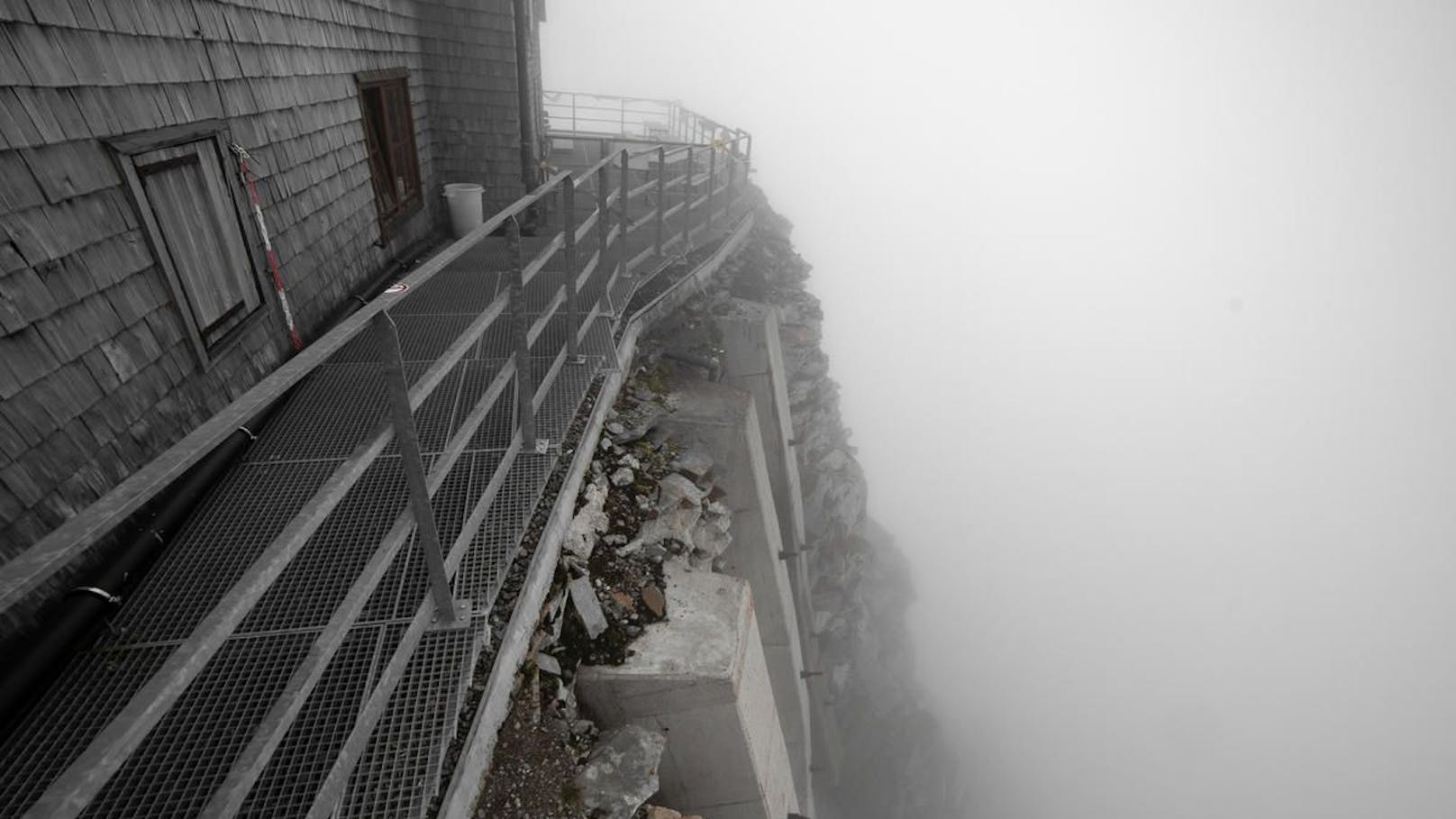 10/12 Durch den Klimawandel tauen Permafrostgebiete auf. Permafrost hat die wichtige Funktion, Berge stabil zu halten. An der Wetterstation Sonnblick in Salzburg wurden bereits vor Jahren bauliche Maßnahmen gesetzt, um ein Auseinanderfallen des Berges und damit der Sternwarte zu verhindern....© Mitja Kobal / Greenpeace
10/12 Durch den Klimawandel tauen Permafrostgebiete auf. Permafrost hat die wichtige Funktion, Berge stabil zu halten. An der Wetterstation Sonnblick in Salzburg wurden bereits vor Jahren bauliche Maßnahmen gesetzt, um ein Auseinanderfallen des Berges und damit der Sternwarte zu verhindern....© Mitja Kobal / Greenpeace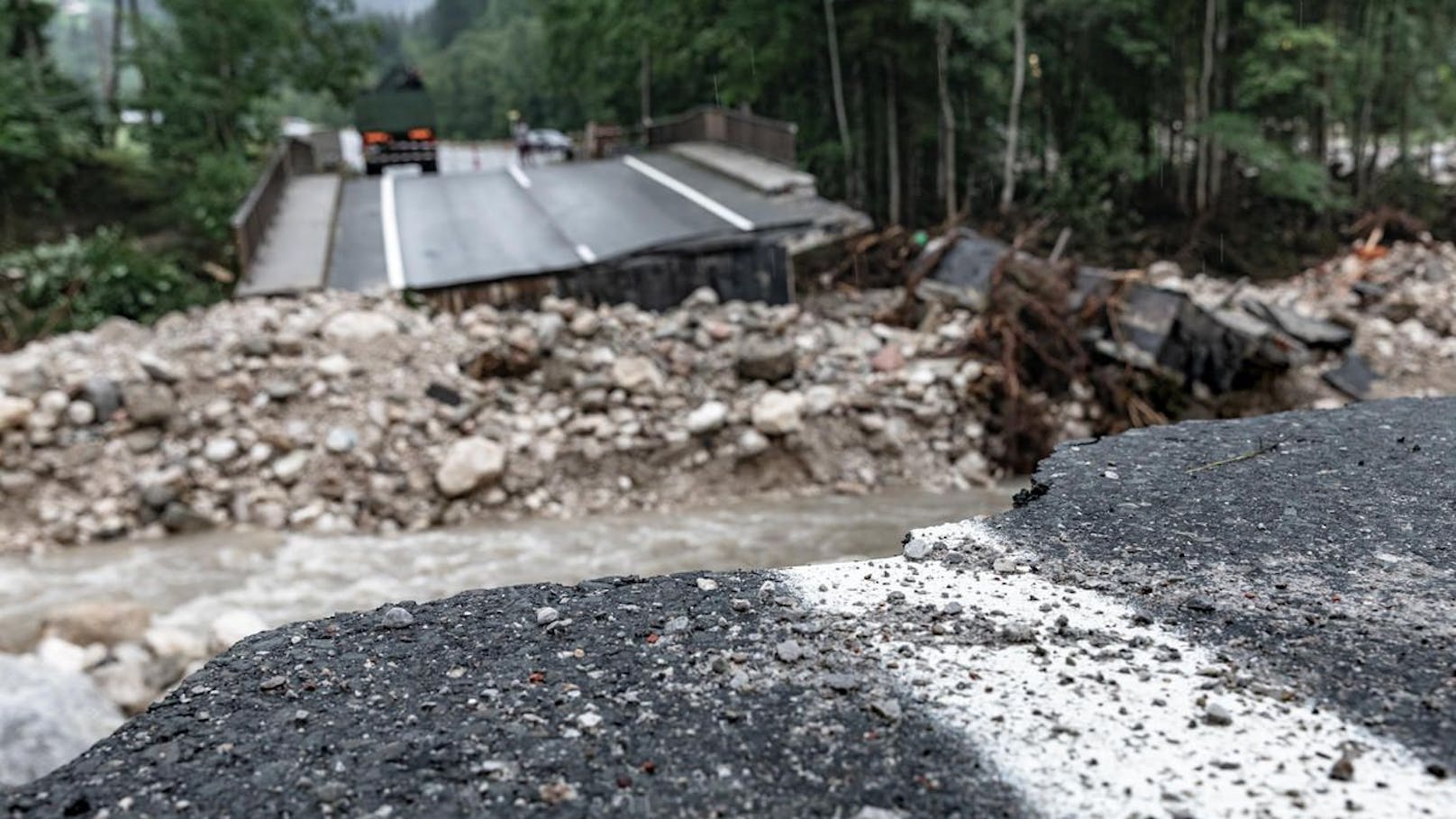 11/12 Die Versiegelung der Böden wird in Österreich zunehmend zu einem großen Problem. Betonflächen können kein Wasser aufnehmen. Die Gefahr von Bergstürzen, Muren und Überschwemmungen steigt. Im Bild: Tennengau, Salzburg....© Mitja Kobal / Greenpeace
11/12 Die Versiegelung der Böden wird in Österreich zunehmend zu einem großen Problem. Betonflächen können kein Wasser aufnehmen. Die Gefahr von Bergstürzen, Muren und Überschwemmungen steigt. Im Bild: Tennengau, Salzburg....© Mitja Kobal / Greenpeace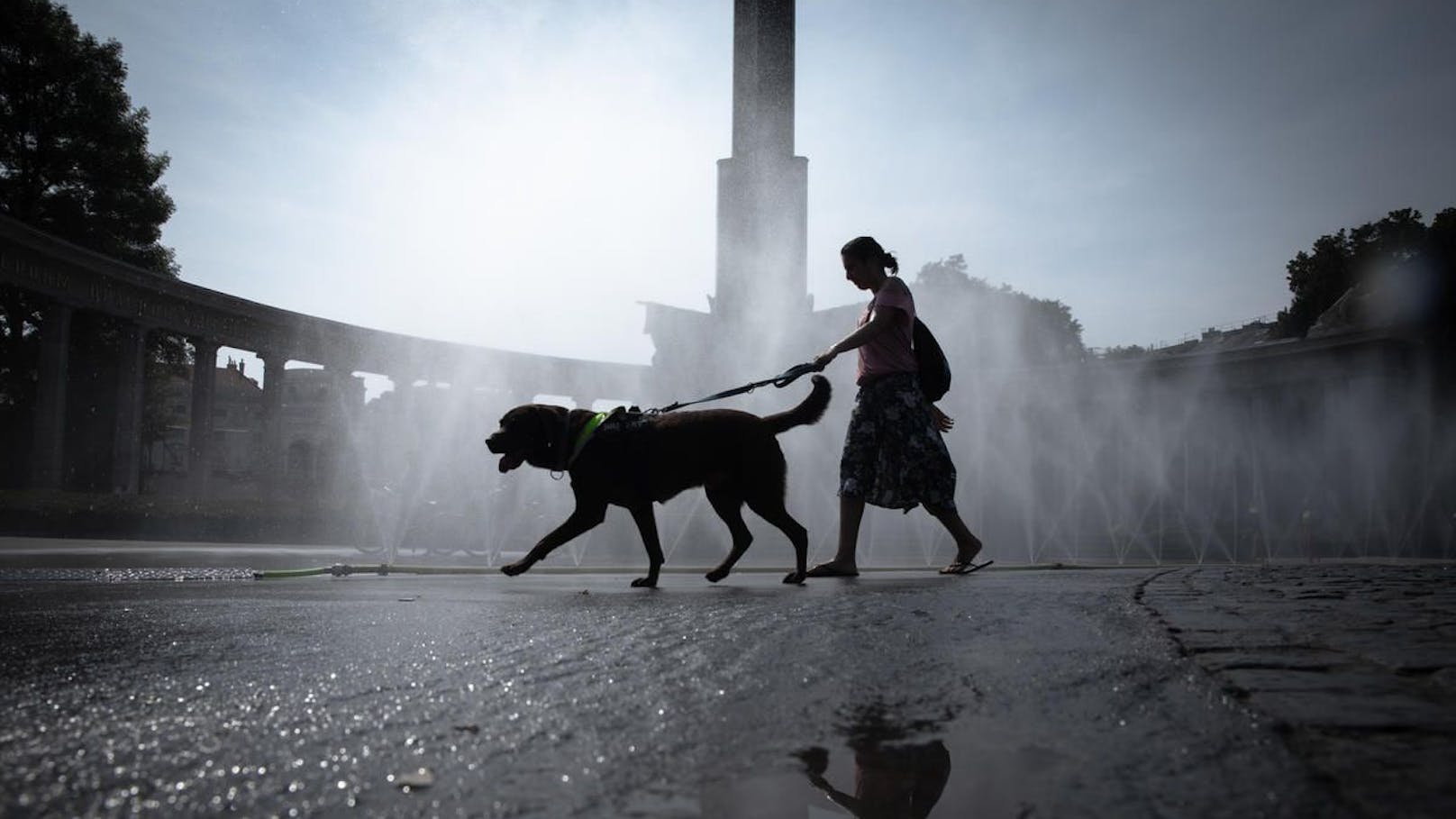 12/12 Aufgrund der Klimakrise werden die Sommer in Wien jedes Jahr heißer. Die Stadt wird zu einer urbanen Wärmeinsel, auf der sie nachts nicht auskühlt, da Beton die Wärme speichert. Viele Menschen haben mit der Hitze zu kämpfen - sie verursacht jedes Jahr schwere Gesundheits- und Schlafprobleme. 766 Menschen starben 2018 in Österreich an den Folgen von Hitzewellen....© Mitja Kobal / Greenpeace
12/12 Aufgrund der Klimakrise werden die Sommer in Wien jedes Jahr heißer. Die Stadt wird zu einer urbanen Wärmeinsel, auf der sie nachts nicht auskühlt, da Beton die Wärme speichert. Viele Menschen haben mit der Hitze zu kämpfen - sie verursacht jedes Jahr schwere Gesundheits- und Schlafprobleme. 766 Menschen starben 2018 in Österreich an den Folgen von Hitzewellen....© Mitja Kobal / Greenpeace